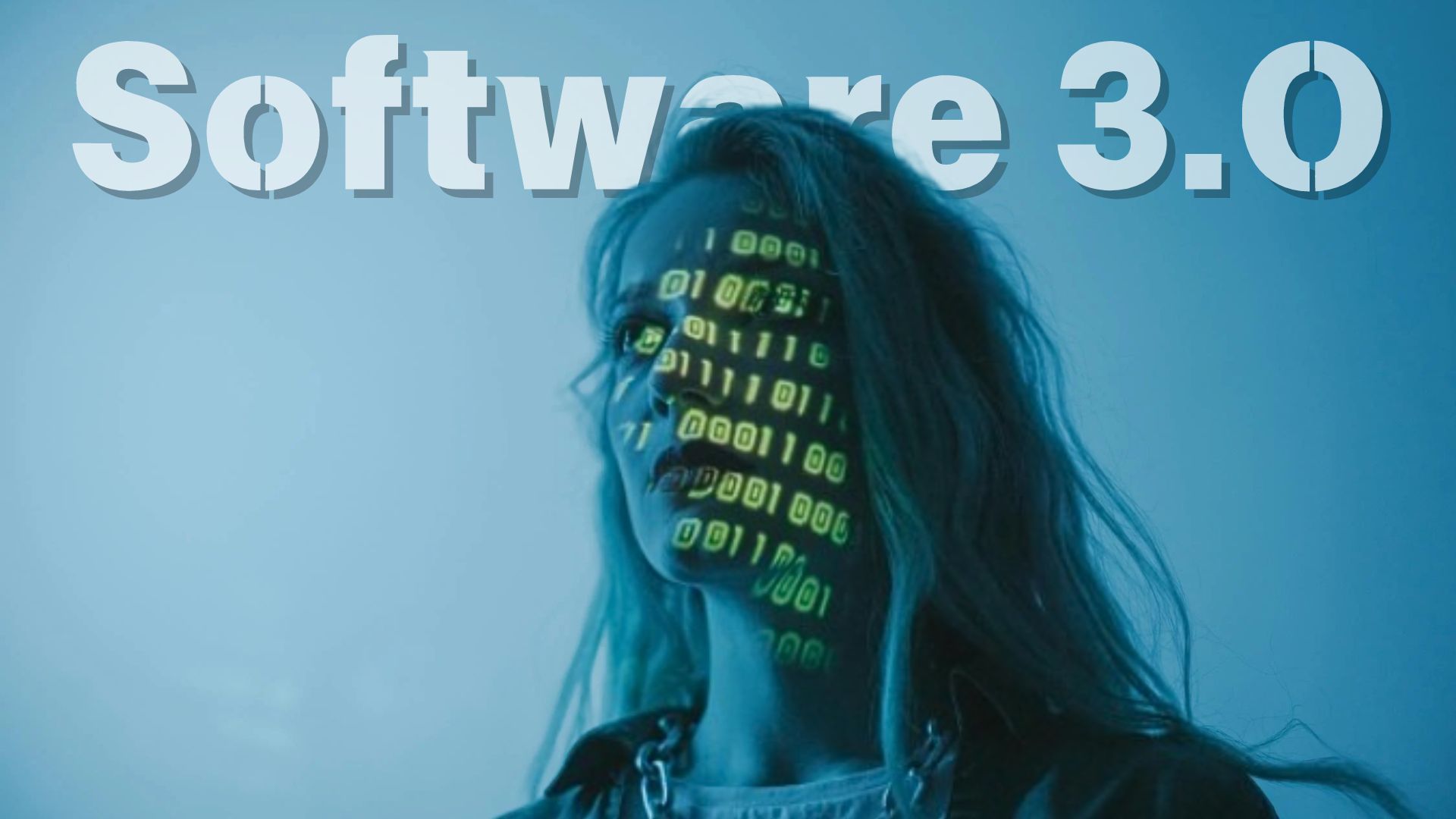We are standing on the precipice of a monumental technological shift, poised to transform the software development landscape as we know it. This new era, often referred to as Software 3.0, represents a transformative shift from traditional coding methods towards the application of artificial intelligence (AI) systems in software development. It has the potential to reshape the digital world by revolutionizing software creation and introducing a more efficient, accessible approach.

The Evolution
Traditionally, software development required coders to provide explicit instructions and fundamental information to achieve desired outcomes. However, Software 3.0 introduces a new paradigm where developers input data and expected results, while AI systems generate the necessary algorithms and code. This significant shift not only reduces manual coding time but also streamlines data collection and processing.
For instance, consider the task of analyzing data from 100,000 patients to determine the presence of brain tumors. This would typically be a time-consuming and challenging process. However, AI data training models enable AI to recognize patterns and relationships in large datasets, delivering precise predictions in a fraction of the time.
AI training models such as supervised, unsupervised, and reinforcement learning play crucial roles in Software 3.0. Supervised learning employs labeled data to teach AI the relationships between inputs and outputs, while unsupervised learning allows AI to find patterns without explicit labels. Reinforcement learning trains AI through trial and error, allowing the system to adapt and improve over time.
Let's explore each of them with examples:
Supervised Learning
In supervised learning, the AI system is trained using labeled data, which means that each data point is associated with a known output. The system learns the relationship between the inputs and outputs and uses this knowledge to make predictions on new, unseen data.
Example: In a supervised learning scenario, consider a dataset containing images of handwritten digits with corresponding labels. The AI model learns to recognize the digits based on the labeled data. Once trained, the model can predict the digit in a new handwritten image.

__________________________________________________________________________________
Unsupervised Learning
Unsupervised learning involves training an AI system with unlabeled data. The system must identify patterns and relationships in the data without explicit guidance. This approach is useful for tasks such as clustering and dimensionality reduction.
Example: In an unsupervised learning scenario, imagine a dataset containing information about customers' purchasing habits. The AI model can group customers with similar behaviors into clusters, providing insights for targeted marketing strategies.

__________________________________________________________________________________
Reinforcement Learning
Reinforcement learning trains AI systems through a process of trial and error, where the system learns from the outcomes of its actions. The system receives rewards or penalties based on its performance, guiding it toward optimal decision-making.
Example: In a reinforcement learning scenario, consider training an AI agent to play a video game. The agent learns to navigate the game environment and achieve goals by receiving rewards for successful actions and penalties for failures. Over time, the agent becomes more adept at playing the game.
By employing these training models, AI systems can be tailored to address a wide range of tasks across various industries, from health-tech and agri-tech to finance and entertainment.
The Vision of English as the New Coding Language
Nvidia CEO Jensen Huang's recent statement, "Get ready for Software 3.0; that English is going to be the new coding language," underscores the transformative impact of this new era. Software 3.0 is poised to make coding more accessible by allowing developers to communicate with AI systems using natural language. This approach also enables individuals without traditional coding knowledge in languages such as Java or Python to participate in software development by using everyday language.
This shift has the potential to democratize coding, enabling individuals from various backgrounds to participate in software development without the need for deep coding knowledge. By utilizing English as the coding language, AI systems can better understand and interpret developer instructions, leading to more efficient and effective software creation.
The Impact on Various Industries :
The rise of Software 3.0 is set to have a profound impact on a wide range of industries. Fields such as health-tech and agri-tech stand to benefit immensely from AI advancements, contributing positively to humanity through tech evolution. In health-tech, AI can revolutionize diagnostics, treatment plans, and patient care. In agri-tech, AI can optimize farming practices, improve crop yields, and enhance sustainability.
From an organizational perspective, the economic impact and value of AI in driving business growth are evident. According to a research report by Infosys Ltd, 56% of respondents from rapidly growing enterprises reported making over $10 million directly from AI applications, compared to only 7% from companies with marginal growth. This demonstrates that AI can be a key differentiator for successful enterprises.
Embracing the Future
As we navigate the transformative era of Software 3.0, it is essential to stay open to the changes and opportunities it brings. The key to thriving in this new world is a commitment to continuous learning and adaptability. Organizations and individuals alike must embrace this shift, investing in knowledge and skills that will help unlock the full potential of technological advancements.
The future is bright, and the possibilities are limitless as we stand on the edge of this groundbreaking technological shift. Let us seize the opportunities that Software 3.0 presents and work together to shape a better, more innovative world.
